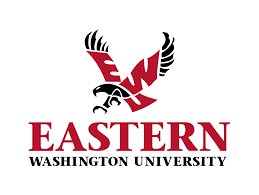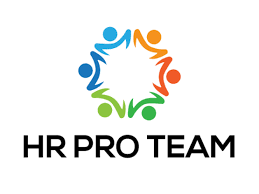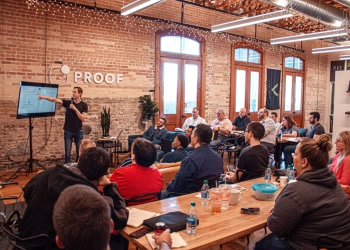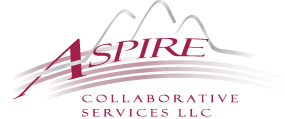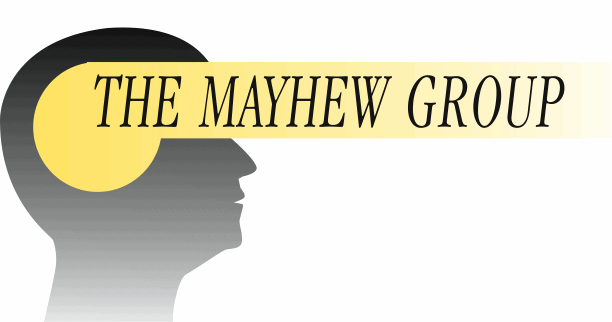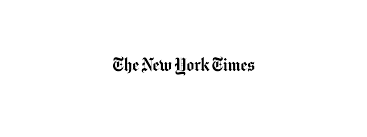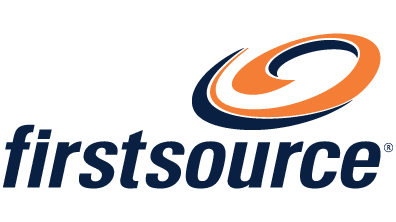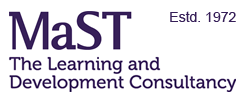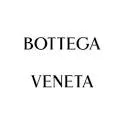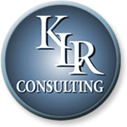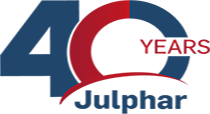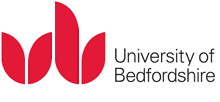Corporate Structure: Editable Training Course Material To Develop Any Team.
Elevate your course development with The Oak Innovation Corporate Culture Training Course Material.
This practical, flexible training content is a masterpiece of focus and effectiveness, created to save you time, and meet the needs of your target audience while also balancing any customization needs with potential tight deadlines.
Suggested Use: For all course types, especially for HR and training professionals with limited budget for bespoke training solutions. After downloading and/or editing any content, deliver the materials, including the slidedeck and participant manual to your audience. For best results, follow the format covered within the training course materials provided.
Trusted By Leading Brands.
Course Outline.
The course content is divided into three transformative modules.
1. Foundations of Corporate Structure
You can use this module to set the stage by exploring the fundamental building blocks of organizational design.
Participants will learn to identify the key elements that define a company’s structure and how they impact its performance.
At the end of this module, your course participants will be able to:
- Distinguish between different business structures and evaluate their advantages and disadvantages.
- Define core organizational concepts such as hierarchy, span of control, centralization/decentralization, and specialization.
- Analyze the impact of organizational structure on communication flow, decision-making processes, and overall efficiency.
- Identify the factors that influence the choice of an optimal organizational structure, including industry, company size, and strategic goals.
2. Mintzberg’s Structural Configurations
This course content can be used to explore Henry Mintzberg’s influential work and his framework for understanding organizational structure.
This module provides a comprehensive overview of Mintzberg’s five structural configurations and the forces that shape them.
At the end of this module, your course participants will be able to:
- Explain the core principles of Mintzberg’s framework and its relevance to modern organizations.
- Identify and differentiate between the five structural configurations: Simple Structure, Machine Bureaucracy, Professional Bureaucracy, Divisionalized Form, and Adhocracy.
- Analyze the seven forces (Direction, Efficiency, Proficiency, Concentration, Innovation, Cooperation, and Competition) and their impact on organizational design.
- Assess the strengths and weaknesses of each structural configuration and determine their suitability for different organizational contexts.
- Apply Mintzberg’s framework to diagnose and improve the effectiveness of organizational structures in real-world scenarios.
3. Modern Organizational Structures
This section discusses a wide range of contemporary organizational models, and you can learn how to choose the structure that best aligns with your company’s strategic objectives.
Course participants will explore the following types of corporate structure:
- Bureaucratic: A hierarchical structure with clearly defined roles and responsibilities.
- Vertical (Functional): Organizing by departments based on specialized functions (e.g., marketing, sales, finance).
- Horizontal (Flat): Emphasizing teamwork and collaboration across different departments.
- Departmentalization (Divisional): Dividing the organization into semi-autonomous divisions based on product, geography, or customer.
- Network: A decentralized structure that relies on partnerships and alliances.
- Virtual: A structure that relies on technology to connect geographically dispersed employees and resources.
At the end of this module, your course participants will be able to:
- Evaluate the factors to consider when selecting an organizational structure, such as company size, industry dynamics, and strategic priorities.
- Design and implement organizational structures that promote agility, innovation, and effective communication.
- Apply a structural model that best suits organizational goals.
Equip Your Learners With The Skills They Need.
In this course, your participants will:
- Understand the critical organizational concepts.
- Explore the main dimensions of organizational structure.
- Examine the concepts of force and form within organizations.
- Understand six models of organizational structure.
What You’ll Get.
Transform your training delivery and maximize participant engagement with our all-inclusive package.
Captivating Content
- Dynamic Slide Deck (63 slides): Visually customizable presentations that keep your audience hooked.
- In-depth Course Workbook (48 pages): Packed with exercises and actionable tips for lasting impact.
Interactive Learning Tools
- Engaging Training Games: Make learning fun and memorable.
- Effective Icebreakers: Foster open communication and build team rapport.
- Practical Activities: Reinforce concepts through hands-on exercises.
Professional Development Resources
- Comprehensive Training Guides: Enhance your facilitation skills.
- Curated Reading Lists: Expand knowledge with carefully selected resources.
- Assessment Tools: Measure learning outcomes with pre-built course tests.
Marketing and Implementation Support
- Ready-to-Use Marketing Materials: Promote your courses with ease.
- Strategic Action Plans: Develop robust implementation strategies.
Instant Access: Lasting Results.
Get immediate access to all materials and start delivering impactful training sessions today. Our resources are designed to drive real change and produce measurable results in your organization.
Elevate your training sessions with our comprehensive toolkit.








